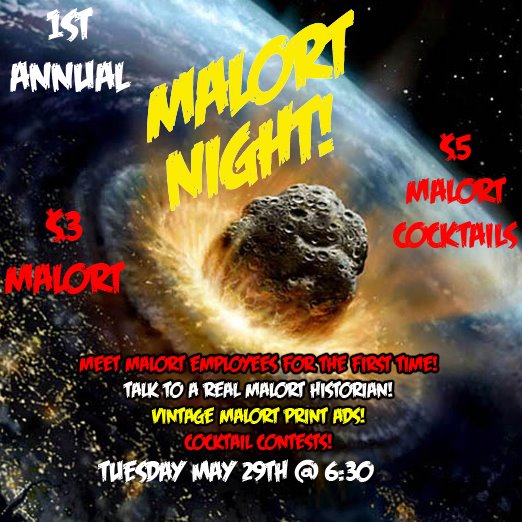Love it or hate it, Malört is Chicago's drink. Throwing back a shot of the bitter liquor is practically a rite of passage for residents and visitors, and if you spend long enough at any Chicago dive bar you’re likely to see patrons ordering a Chicago Handshake: the iconic pairing of a Malört shot with an Old Style beer.

But since then, the drink — which one person we spoke to for this story described as tasting like “baby aspirin wrapped in grapefruit peel, tied up with rubber bands” — has become a Chicago staple.
Curious City listener Kevin McDermott wanted to know how Malört went from being an obscure drink to a symbol of the city.
Malört’s ascendancy is more recent than you might think. For years, bottles of the stuff sat on the back shelves of VFW halls and dive bars, and bartenders used it to prank people who asked for a free birthday shot. But about 10 years ago, one particular Chicago bartender fell in love with the drink and made it his mission to make other people love it, too. What started as a semi-ironic gesture sent sales skyrocketing and helped bring about a revival of Malört.
The unlikely rise of Malört
In the late 2000s, Sam Mechling was working as a bouncer at a wine bar when a guy at work dared him to try Malört.
“He said [it] tasted like that junk drawer that everybody has in their kitchen, and that just seemed so insane to me,” Mechling said. The idea that a drink could be so off-putting seemed improbable, but as soon as Mechling tasted it, he knew the description wasn’t an exaggeration.

He also created Twitter and Facebook pages for Malört, which didn’t have official accounts at the time, and documented people’s reactions to the drink. Those included phrases like “it tastes like the day dad left,” “Malört, because Blagojevich wasn’t the worst thing that came out of Chicago,” and “what soap washes its mouth with.”
As much fun as Mechling was having reenergizing the brand, he was spending his own money buying shots of Malört for people at his events. He wanted to at least break even by selling t-shirts featuring the Malört logo which he sold out of Paddy Long’s, a bar in Lakeview where Mechling worked.
“In one day, 100 people came in to buy these Malört t-shirts,” said Pat Berger, owner of the now-defunct Paddy Long’s.
Not only did that grab the attention of more fans — but also the brand’s then-owner, Patty Gabelick.
Sales skyrocket
Around 2012, Gabelick showed up with her lawyer unannounced to Paddy Long’s, where Mechling worked at the time. The meeting was tense at first, with the lawyer questioning Mechling’s intentions. But then Mechling showed them a heartfelt letter he tried to send Gabelick months earlier, professing his love for Malört. He’d also included a check with profits he’d made from t-shirt sales. The letter had been returned to him by the Postal Service.

That quickly changed the mood. Instead of serving him a lawsuit, Gabelick offered Mechling a job.
“It was like going from thinking that I was going to be financially destroyed by this corporation to landing a dream job in the matter of five minutes,” Mechling said.
Mechling worked for Malört for nearly a decade. He continued to host events, but now they were official. Malort sales jumped significantly.
“That was the start of … Malört’s giant resurgence from just being available at VFW halls and the Green Mill to being in every hipster bar in Chicago,” said Berger.
In 2018, Tremaine Atkinson, CEO and head distiller of Chicago’s CH Distillery, bought the company when Gabelick retired. Production of Malört had moved to Florida in the late 1980s, but under Atkinson, it returned to its original home in Chicago in 2019.
A Chicago staple
Over the last five years, Malört went from only being available in Illinois, Wisconsin, Indiana and Louisiana to being sold across 30 states.

You can buy Malört pet toys and pool floaties, and tattoo shops across the city get requests for tattoos of the drink’s iconic bottle. There’s even an unofficial Malört 5K that has runners taking shots during the race.
“People like to say, ‘Oh, I hate Malört,’ but … you usually don't come back to something unless you actually like it,” Atkinson said. “But it's fun to make fun of it.”
Looking back, Mechling said Malört gave him more than he ever expected — including meeting new friends and his soon-to-be wife.
Now, he’s on the hunt for the next old and unwanted thing he can help make new and desirable again.
Adriana Cardona-Maguigad is Curious City’s reporter. Follow her @AdrianaCardMag
Liz Garibay, beer historian and executive director of the Chicago Brewseum, contributed to this story.


